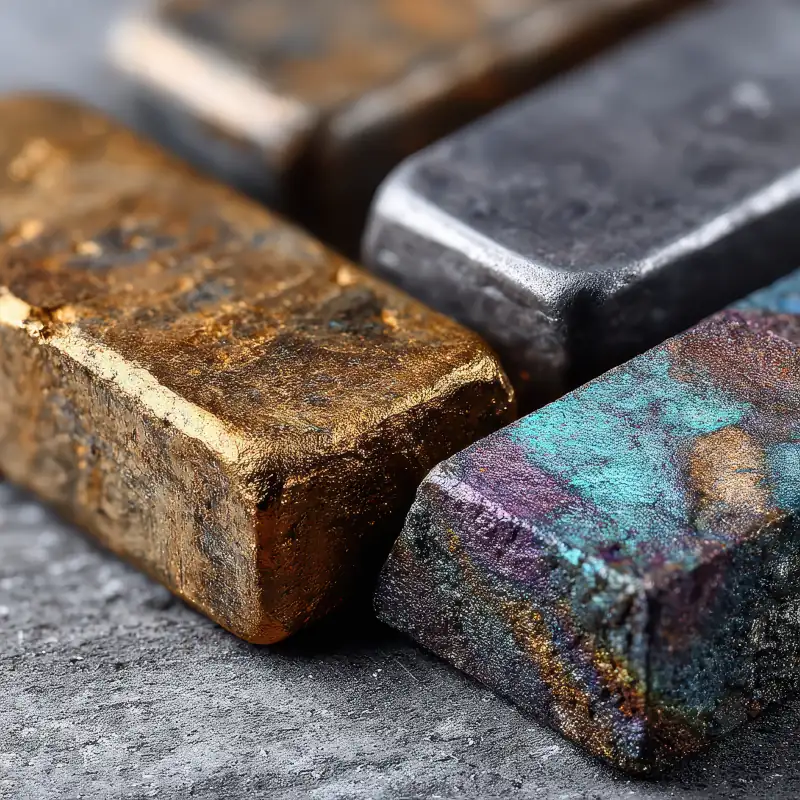Amlwch Heritage
- From Mountain to Majesty
The Amlwch Legacy, Parys Mountain & The Copper Kingdom Network
How copper forged a town, powered an empire, and still glows in your hands today.
There is copper in your hands.
There was copper in the hulls of British warships.
There is copper in the blood of British industry – and it all began in Amlwch.
Nestled on the northeast tip of Anglesey, Amlwch Port became the unassuming epicentre of a global economic revolution. Fueled by Parys Mountain, driven by human hands and hooves, and protected by copper-plated naval ships, Amlwch wasn’t just a town. It was a machine made of copper.
And it left a legacy we honour in every Artbar™ Penny, and Copper Lady we produce today.
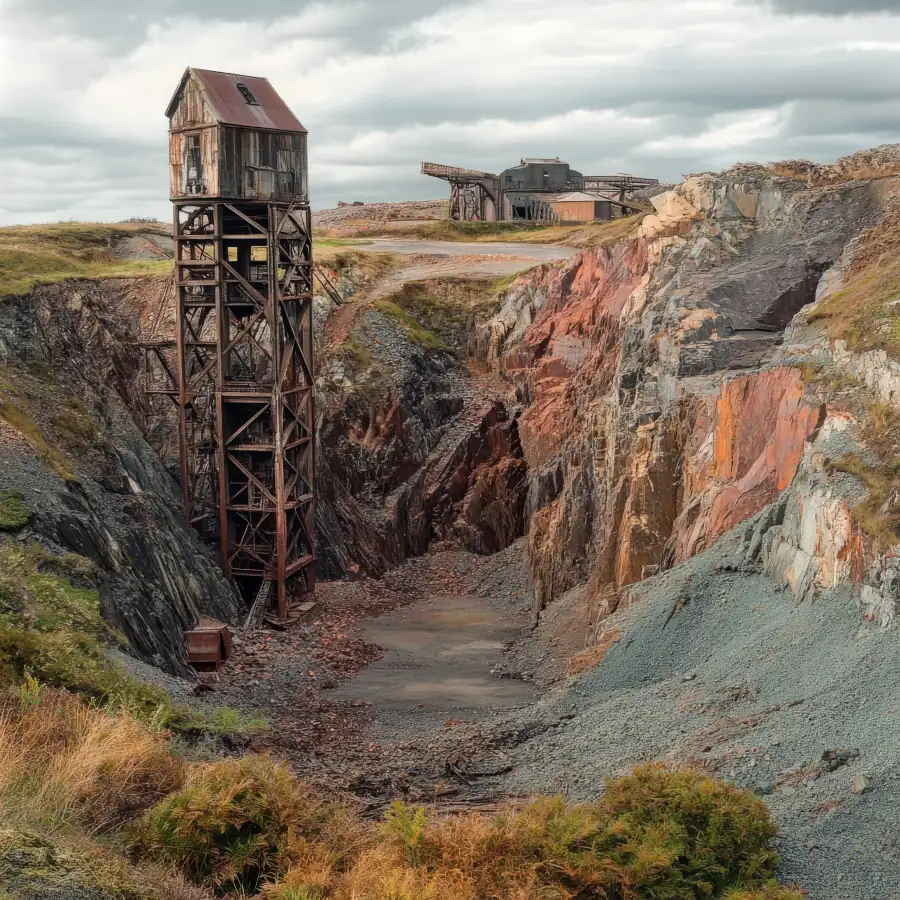
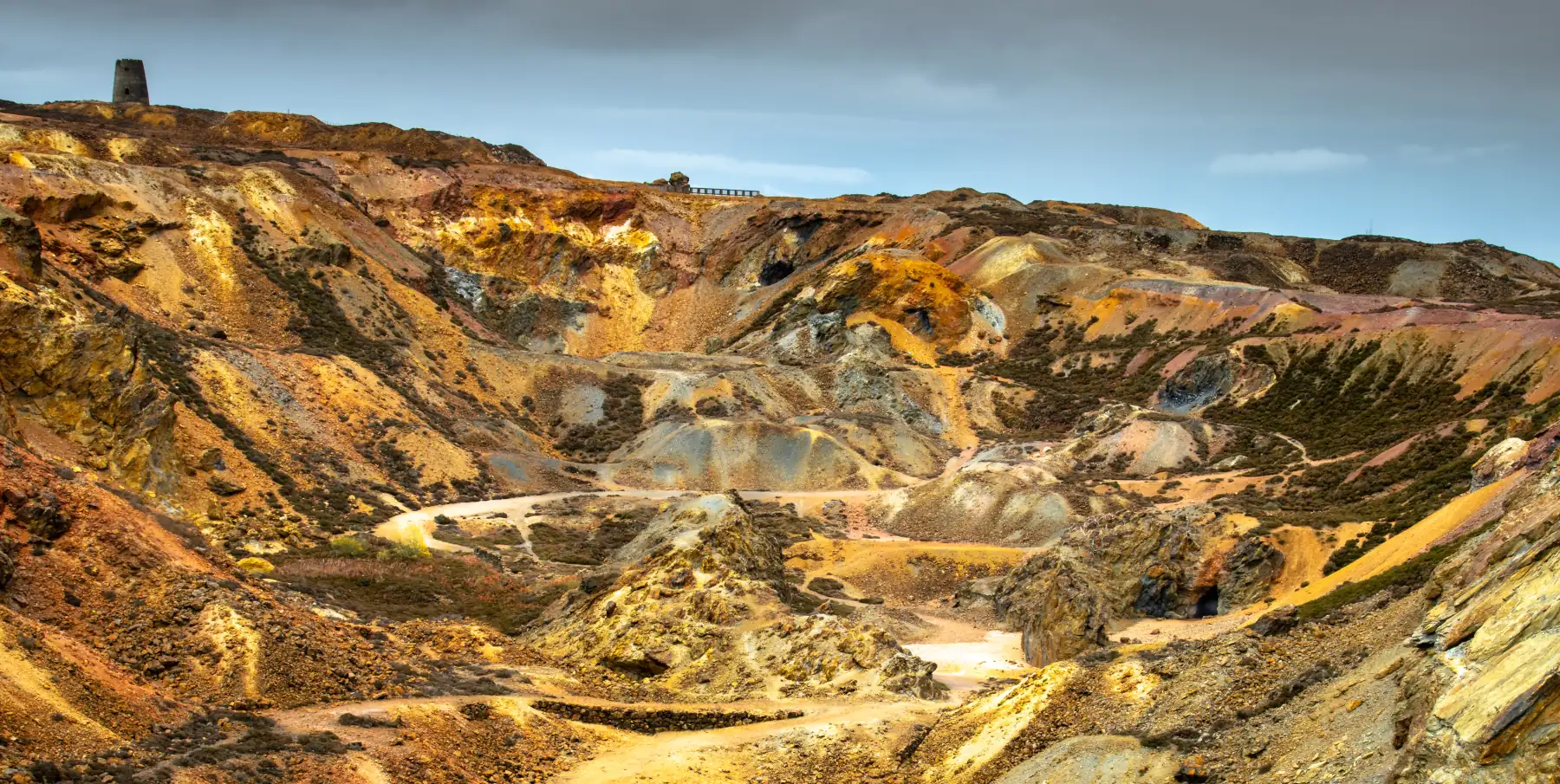
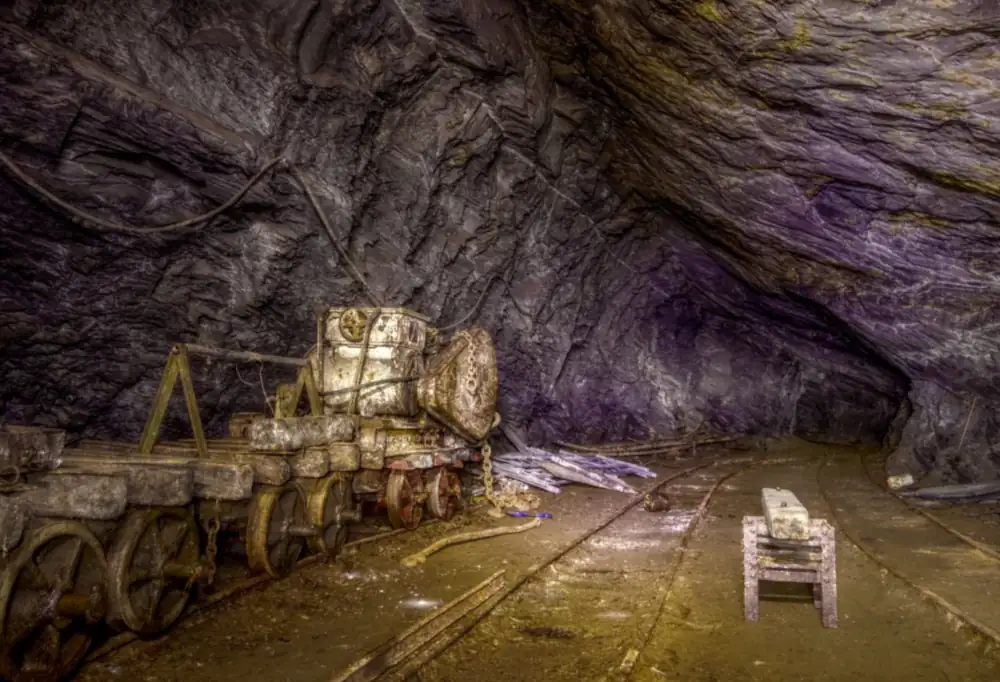
- Parys Mountain
The Greatest Copper Mine of the 18th Century
Discovered in 1768, Parys Mountain quickly rose to become the largest copper mine in the world. By the 1780s, it was producing over 3,000 tonnes of copper ore annually, fuelling the birth of the Industrial Revolution and cementing Britain’s global dominance.
But the copper wasn’t smelted here. Instead, it was hauled by mule, donkey, horse, and human labour to the nearby Amlwch Port, where it was loaded into ships bound for Swansea — rich in coal and smelting capacity.
- Amlwch Port
Built by Copper , For Copper
Before copper, Amlwch was a quiet coastal village. After copper, it became a thriving town of nearly 10,000 people by the 1830s — a massive boom by the standards of the day.
The entire town grew around the trade:
- Homes, schools, chapels, drinking houses, and forges
- Ore bins, dockyards and stables
- And ships that carried wealth from the mountain to the world
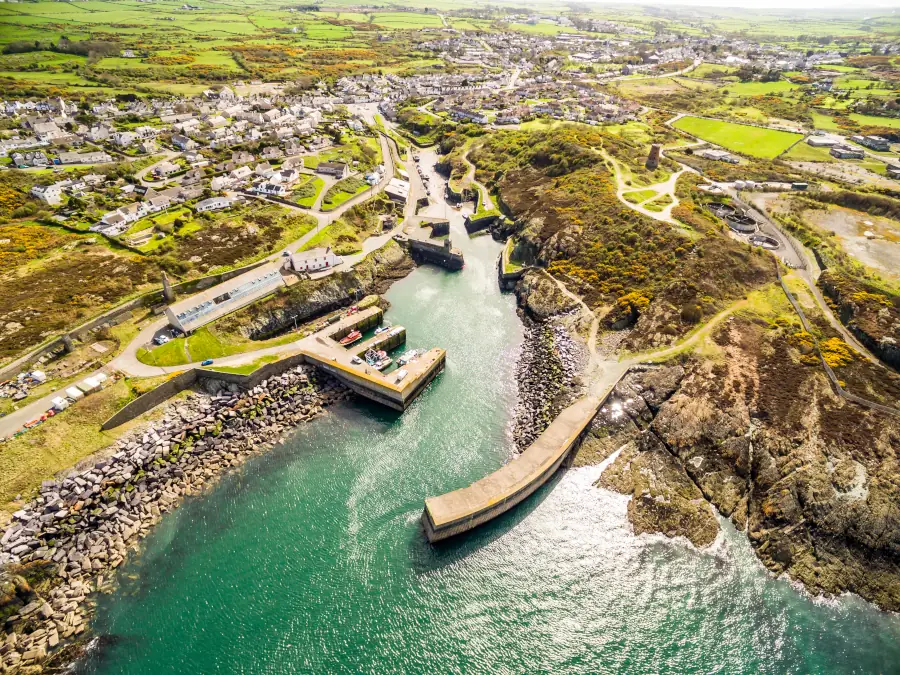
Powering the Past: The People & Animals of Copper
Copper’s success was made possible by an extraordinary effort:
Miners
Men of the mountain, cutting through rock by hand with primitive tools and sheer grit carving tunnels and pathways where none existed, their sweat and strength etching history into the stone itself. Each strike of hammer and pick was a testament to endurance, courage, and the unbreakable will to wrestle wealth and progress from the unforgiving earth.
Copper Ladies
The unsung women of Amlwch, tirelessly sorting ore by hand, their small hammers tapping against copper-stained stone, rhythm repeating hour after hour. Their quiet labour fuelled an empire, though their names were seldom spoken. Today, their legacy lives on in our Copper Lady Sculpture, cast in pure 24K Cu and mounted proudly on a foundation of Welsh slate.
The Beasts of Burden
Donkeys, horses, and mules formed the silent backbone of the copper trade, hauling immense loads from pit to port across brutal, uneven ground. Day after day they carried the weight of an empire on their backs, enduring the same relentless conditions as the miners themselves. Without their strength and resilience, progress would have stalled before it began.
Steam Power
With the arrival of steam engines, copper mining was propelled into a new industrial era. Towering pumping stations drained the depths, ore lifts carried heavier loads to the surface. What had once relied on muscle and endurance now surged with mechanical power — laying the foundations for copper’s rise to dominance in Europe and far beyond.

A Navy Armoured in Copper
In the 18th century, British warships were plagued by barnacles, sea worm, and rot. These issues weakened ships, slowed movement, and made them vulnerable to both the elements and enemy attacks.
Copper sheathing, affixed to the hulls, created a game-changing solution:
- Prevented infestation and decay
- Increased speed and seaworthiness
- Extended voyages and readiness for war
Britain’s copper-clad fleet secured victories in:
- The Battle of the Nile
- The Battle of Trafalgar
- The Napoleonic Wars
- And countless colonial engagements where ship superiority meant the difference between empire and extinction
Amlwch’s copper quite literally kept Britain afloat – and victorious.
The Amlwch Penny & The IWT Token
When national coinage was scarce and the Royal Mint literally ran out of money, towns like Amlwch took matters into their own hands. The Amlwch Penny was born, a locally minted copper token used to pay miners, the Copper Ladies, and merchants. Redeemable in shops and businesses, and backed by the Parys Mountain company, it became a symbol of copper’s growing importance as money.
In an age when national coinage was scarce and the Royal Mint literally ran out of money, industrial towns took matters into their own hands. The Amlwch Penny was born — a copper token minted locally and used to pay miners, Copper Ladies, and merchants.
These tokens were:
- Redeemable in the town in shops, businesses, for trading and as monetary value
- Backed by the Parys Mountain company
- Symbolic of copper’s rising importance as currency
Now, that tradition is being revived. The IWT Copper Penny Token is more than a collectible — it is a living homage to the copper economy. It can be redeemed in selected towns, traded among collectors, or gifted as a symbol of heritage, community, and value. Most of all, it reclaims copper’s place at the heart of civilisation.
That legacy is also carried in the land itself. Parys Mountain, once the copper capital of the world, is now part of GeoMôn, a UNESCO Global Geopark. Its copper rich geology has attracted fresh global attention, especially from Japanese academics and collectors, who see in Amlwch a cultural connection to their own Shibuichi and Shakudo traditions. In this way, copper’s story — and its currency — is once again alive.
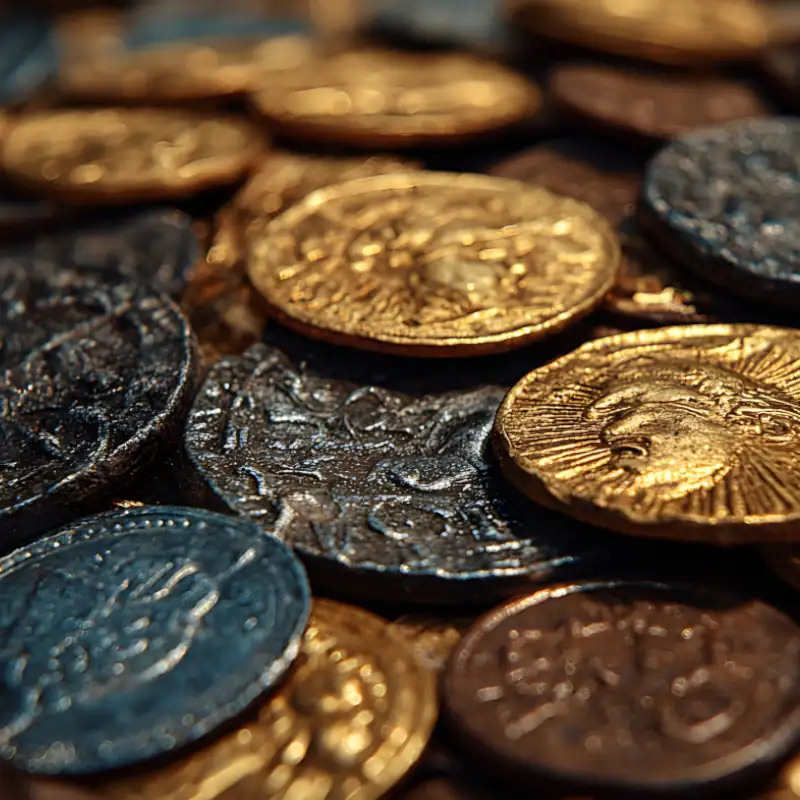
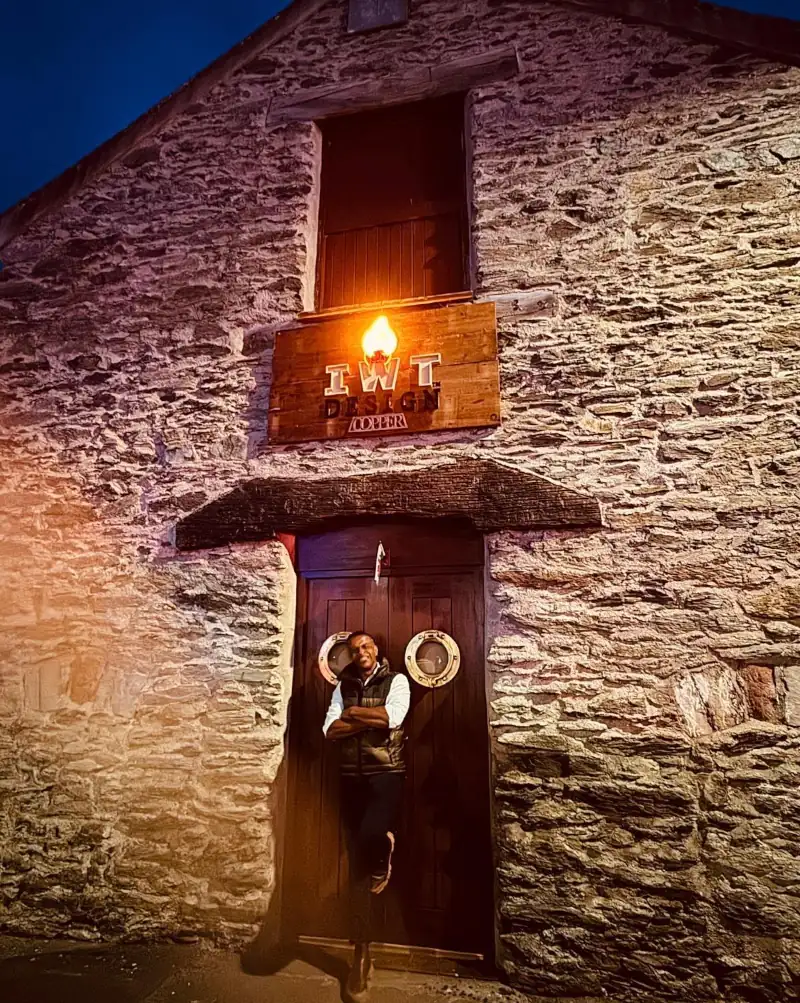
Why Amlwch Still Matters?
Amlwch isn’t just the past. It’s our present IWT Design headquarters and the future of copper design.
- It gave copper to the empire.
- It gave character to currency.
- And it gives soul to every bar we create today.
GeoMôn & Global Curiosity: The Japanese Connection
Parys Mountain and the surrounding Anglesey landscape is now part of GeoMôn, a designated UNESCO Global Geopark, recognised for its rare geological formations, volcanic history, and exceptional mineral content.
This unique geology has caught the attention of Japanese academics and collectors, who are drawn to:
- The high mineral diversity in Amlwch’s copper-rich earth
- The beauty and lore of Shibuichi and Shakudo metals, which tie into Japanese artisan traditions
- The cultural crossover between East and West in metal-based storytelling and design
At Ingots We Trust, we’re actively exploring international partnerships to showcase Amlwch’s mineral heritage to a global audience, beginning with Japan.
